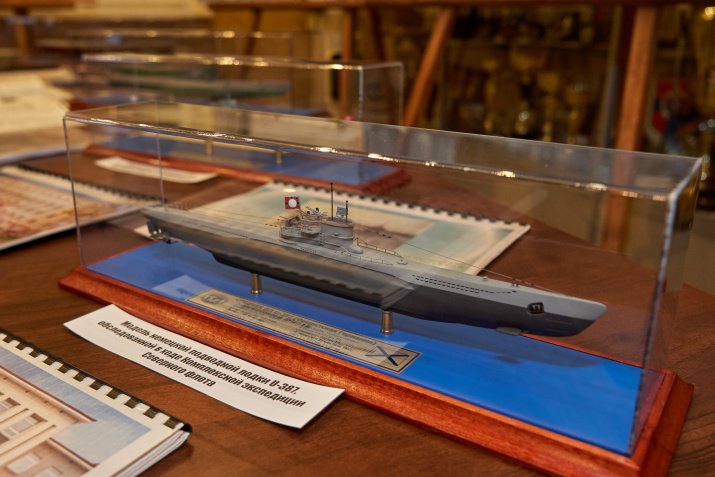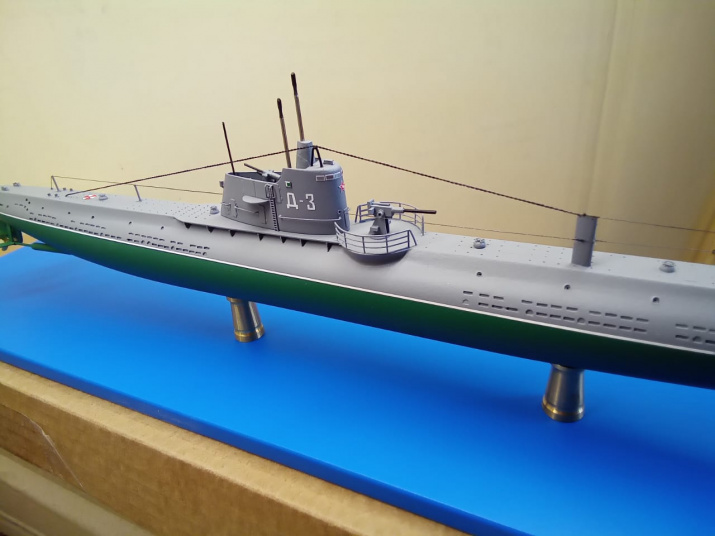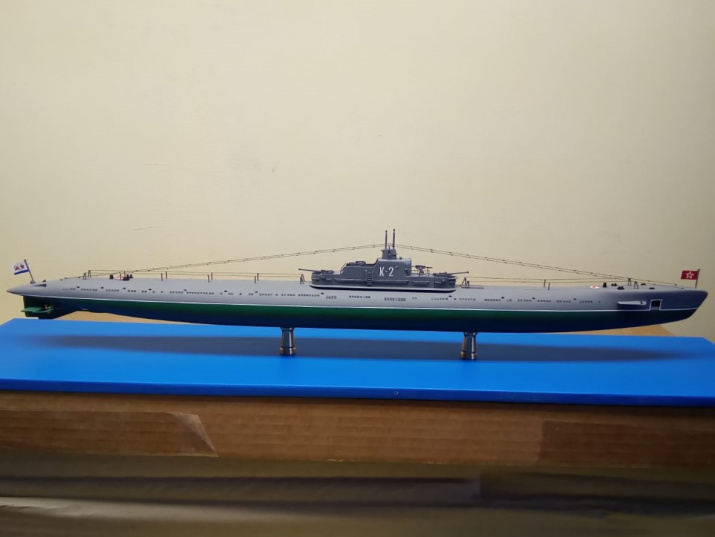Four warships were found — presumably Soviet patrol ships “Passat” and “Tuman”, British destroyer “Matabele” and corvette Bluebell, as well as 12 vessels, including trawler Onega that sank in 2020, two aircrafts — A-20 “Boston” and I-153 “Chaika” and the three bottom mines. The expedition also confirmed and specified the location of the 20 other ships and vessels, including Soviet submarines K-2 and D-3, German submarines U-307, U 286 and U-387.
The Murmansk Regional Branch of the Russian Geographical Society, within the framework of the RGS grant "Complex expeditionary research in the Arctic region of the Russian Federation in 2021", organized the creation of models of three discovered submarines: K-2, D-3 and U-387.
Each model is extremely detailed. All three models are unique, each of them is the only copy.
Also, a report on the project has been published. It highlights the results of the work of the Northern Fleet and the Russian Geographical Society during all stages of the expedition.
"There are a lot of materials related to the historical aspects of the Complex expedition, that is, how these issues were worked out. Here, for the first time, historical facts are presented that have not been published anywhere before" said Alexey Kornis, Head of the Department of the Hydrographic Service of the Northern Fleet, in the interview for the "Murman" State television and radio company.
The project involved more than 200 people (excluding those who took part in the commemorative and scientific events). This is the first expedition of such a large scale carried out in the Russian and Soviet Navies. The next stage of the Complex Expedition of the Northern Fleet and the Russian Geographical Society is planned to be carried out this year.




